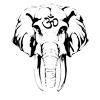-
Biography
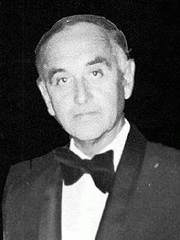
-
Vedic Cosmology
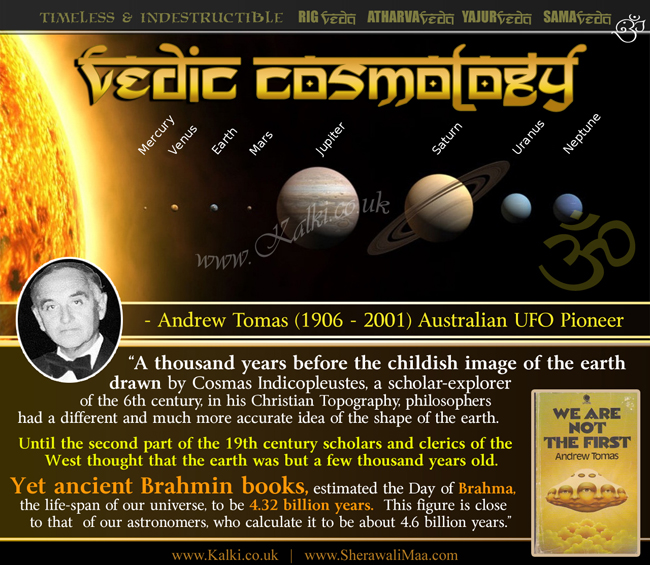
-
Vedic Cosmology Book Source:

-
Electric Battery
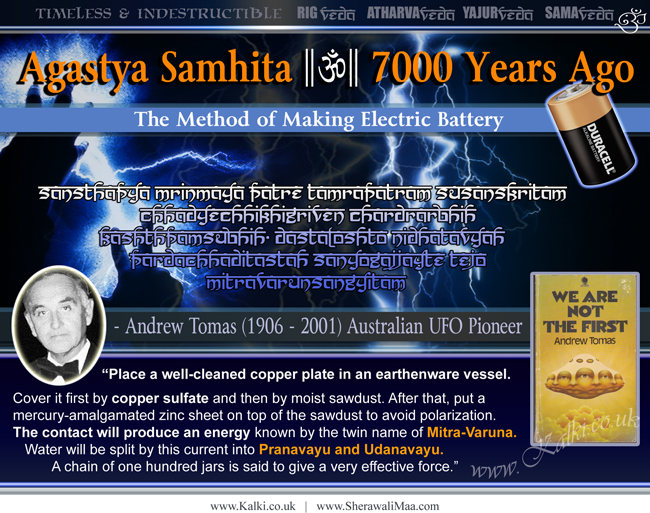
-
Electric Battery Book Source:
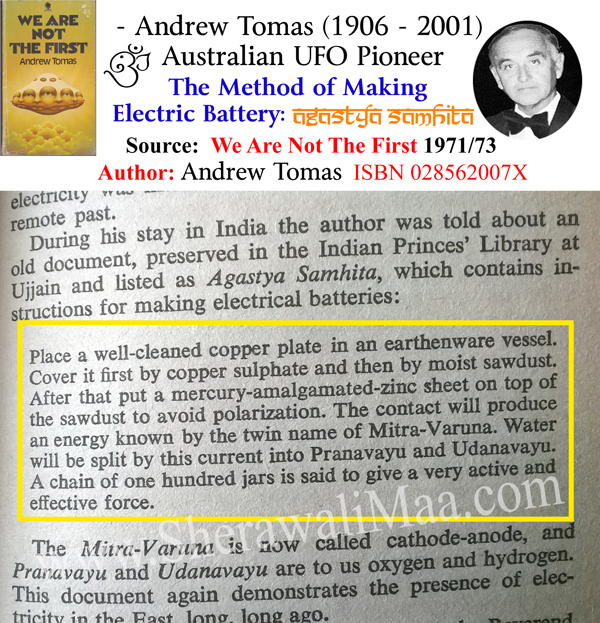
-
Evolution ~ Manusmriti
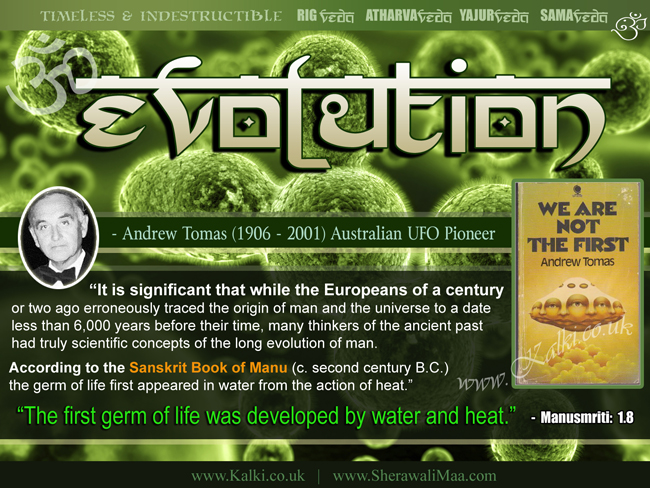
-
Evolution Book Source:
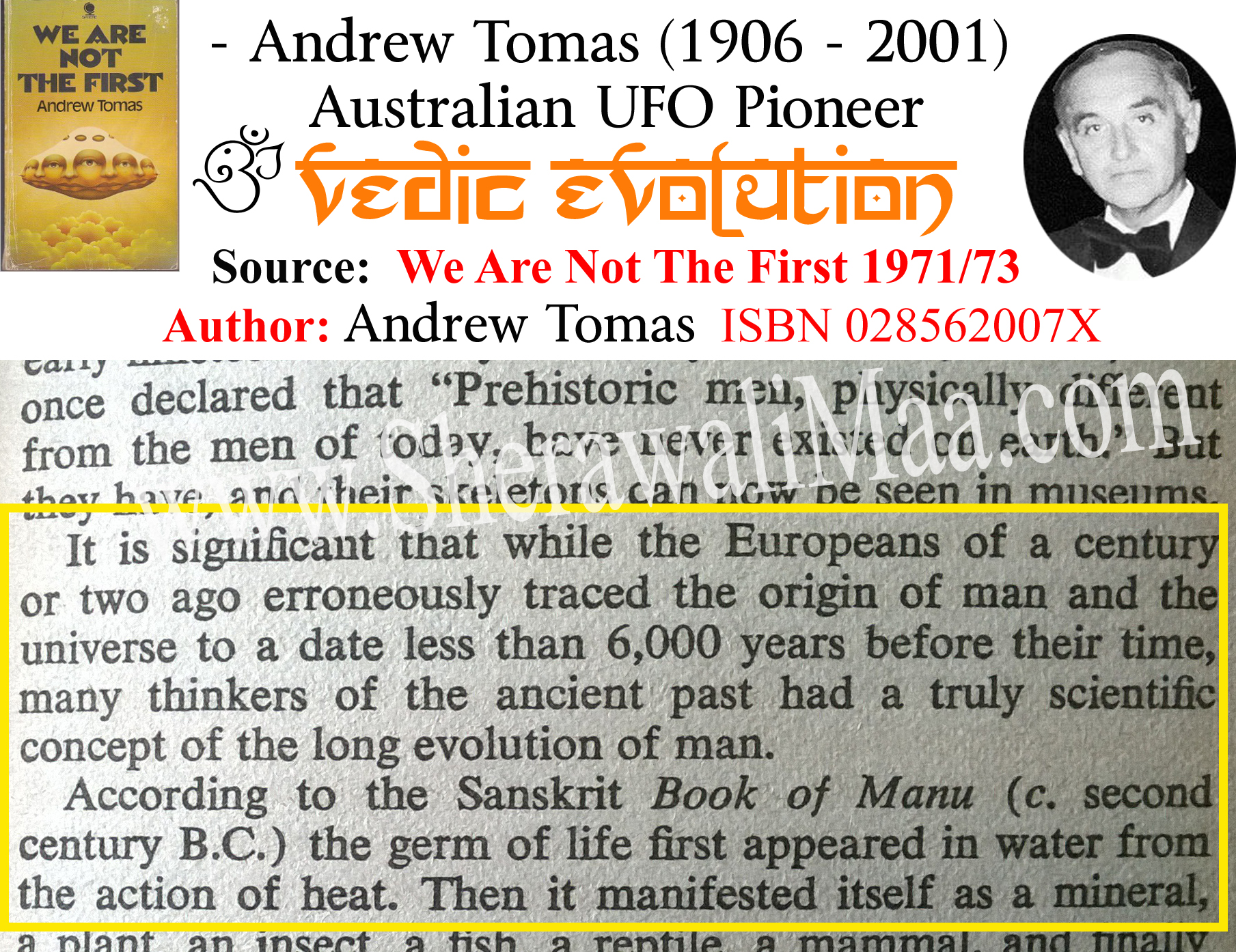
-
Maa Laxmi & Rome
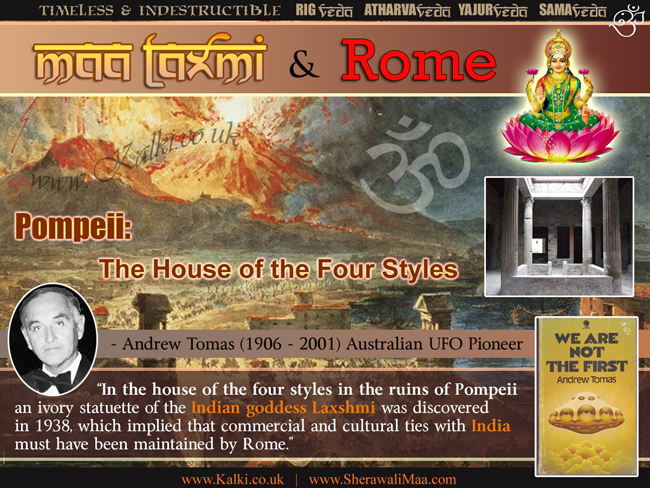
-
Maa Laxmi & Rome Book Source:
![]()
-
Father of Medicine: Sushruta
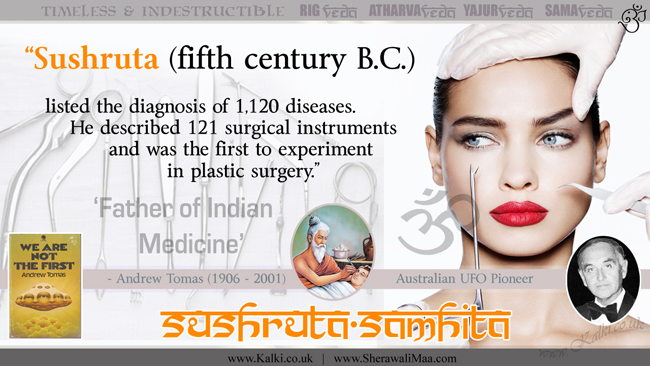
-
Father of Medicine Book Source:
![]()
-
Smallpox Vaccination: Sactya Grantham
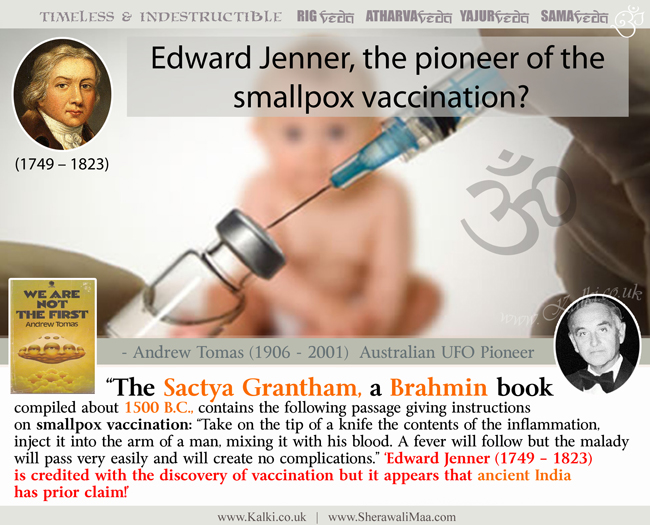
-
Smallpox Vaccination Book Source:
![]()
-
Roman Trade & Indian Sari
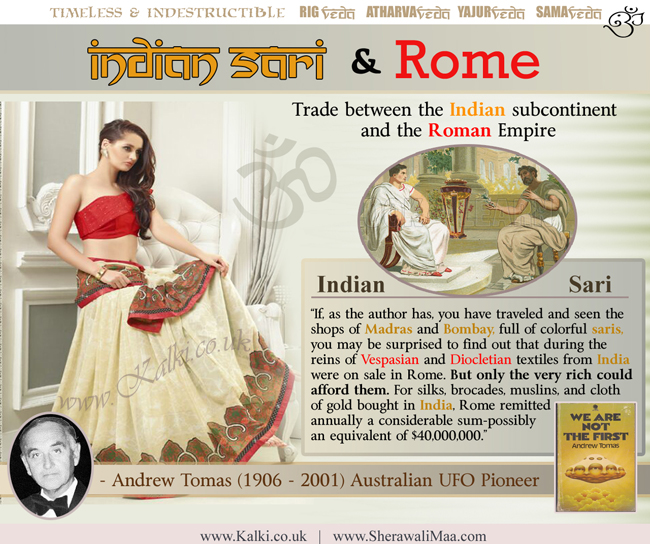
-
Roman Trade & Indian Sari Book Source:
![]()
-
Atomic Structure of Matter
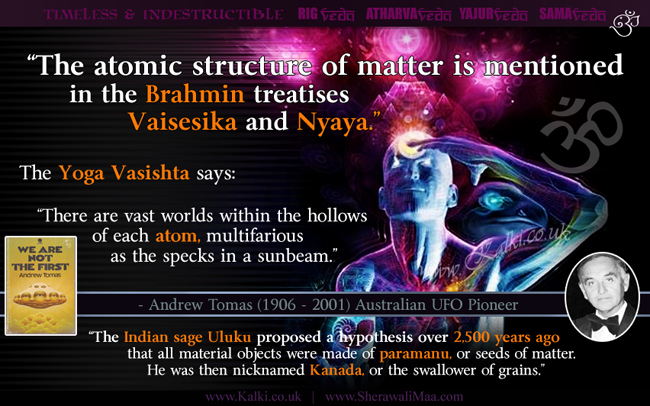
-
Atomic Structure of Matter Book Source:
![]()
-
America Described in Vishnu Purana
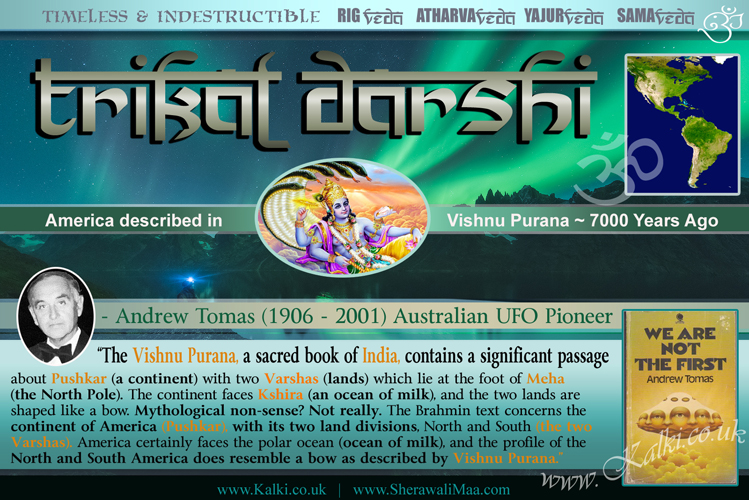
-
America Described in Vishnu Purana Book Source:
![]()
-
Air Travel ~ Vimana
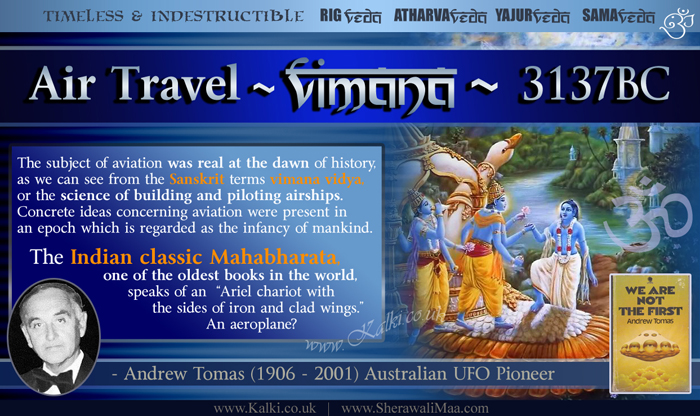
-
Air Travel ~ Vimana Book Source:
![]()
We Are Not the First
Andrew P. Tomas and Tomas Alfred 1906 - 2001 was born in St. Petersburg in 1906, where the family moved to Helsinki in 1911 , where the father of the family act navy officer. Finland became independent with Tomas father's assignment went to China, where he spent the next 21 years until Mao's revolution was before the migration to the United States. The last years of his life, he reportedly spent in Australia UFO scientist. In addition, he was a Freemason . Tomas wrote and spoke fluent at least in French, English and Russian. His works have been translated into over 60 different languages. Tomas released during the life of at least 8 official records, as well as many works intended for internal circuit and to the brethren. The rarest of his published works is probably published in 1950 a book about astrology and tarot cards, Signs, stars and seers; An experiment in historical prediction.
